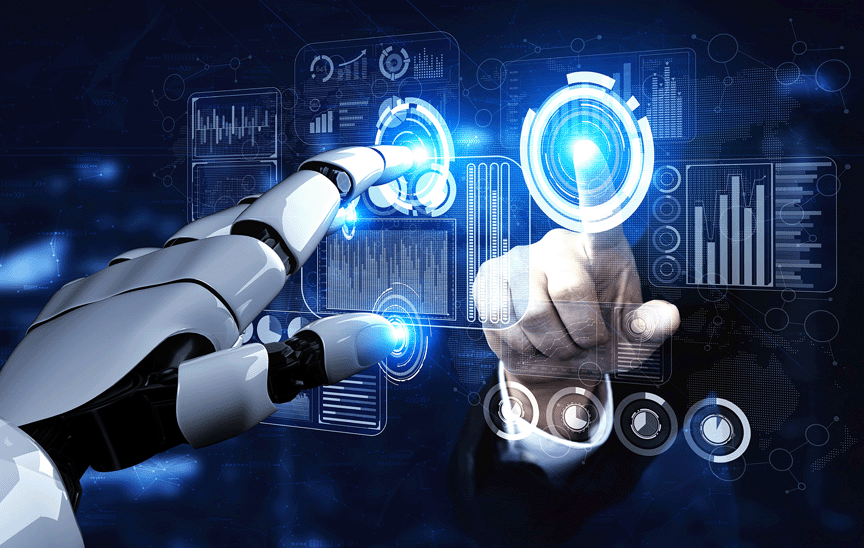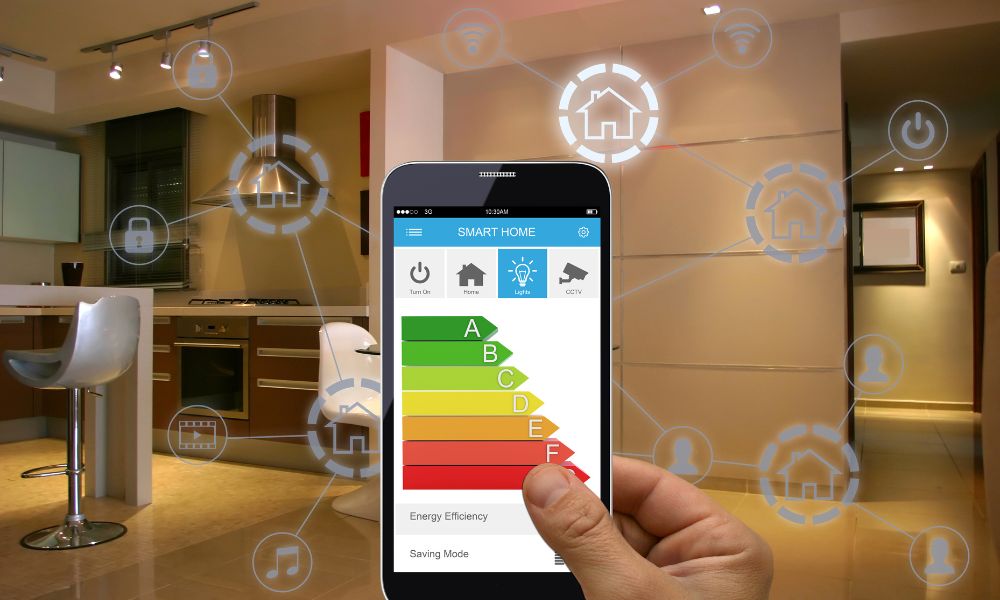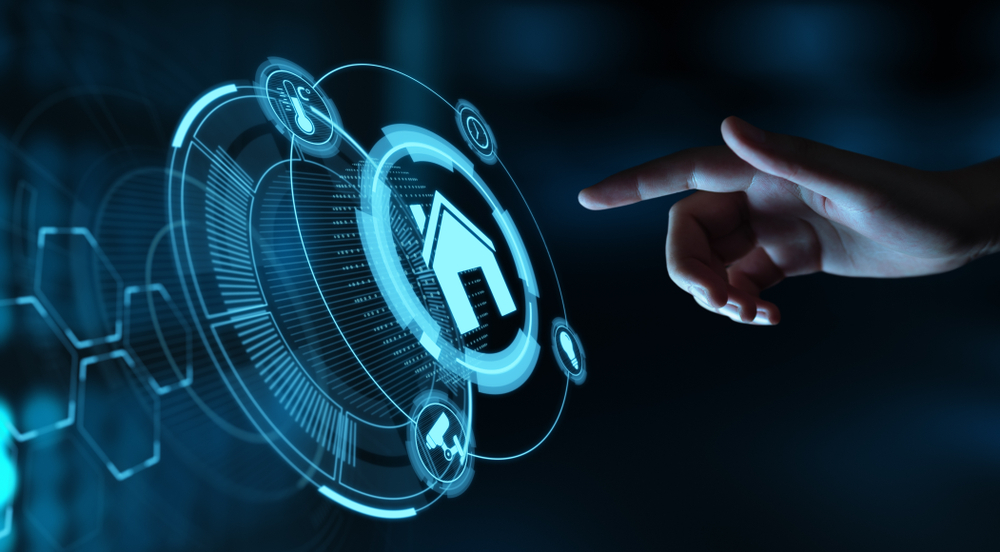In the rapidly evolving world of finance, the role of AI in maintaining market integrity cannot be overstated. One of the most critical applications is the use of AI for detecting insider trading. This technology not only helps in safeguarding the interests of investors but also ensures compliance with regulatory standards.

Introduction to Insider Trading
Insider trading is a term that strikes fear in the hearts of investors and regulators alike. It involves the buying or selling of a publicly-traded company’s stock by someone who has non-public, material information about that stock. This practice undermines investor confidence and can lead to severe financial repercussions.
Why Detecting Insider Trading is Crucial
The detection of insider trading is crucial for maintaining a level playing field in the stock market. It protects honest investors and upholds the integrity of financial markets. However, traditional methods of detection are often cumbersome and ineffective.
How AI is Revolutionizing Insider Trading Detection
Artificial Intelligence offers a game-changing approach to detecting insider trading. By analyzing vast amounts of data, AI systems can identify patterns and anomalies that may indicate illegal trading activities. This makes the detection process faster, more accurate, and less labor-intensive.
Data Analysis and Pattern Recognition
AI leverages advanced data analysis techniques to scrutinize trading activities. It can sift through millions of transactions to spot unusual patterns that might suggest insider trading.
Machine Learning Algorithms
The use of machine learning algorithms enables AI systems to continually improve their detection capabilities. These algorithms learn from past data to enhance their accuracy over time, making them invaluable tools in the fight against insider trading.
Regulatory Compliance and AI
Regulatory bodies are increasingly relying on AI to ensure compliance with trading laws. By integrating AI into compliance frameworks, organizations can stay ahead of potential violations and avoid hefty fines.
Benefits of AI in Compliance
The integration of AI in compliance processes offers numerous benefits, including reduced manual workload, enhanced accuracy in reporting, and the ability to proactively identify risks.
Challenges and Limitations of AI in Insider Trading Detection
While AI presents significant advantages, it also comes with challenges. One of the primary concerns is the risk of false positives, which can lead to unnecessary investigations and wasted resources.
Data Privacy Concerns
The use of AI in financial markets raises questions about data privacy. Ensuring that personal and sensitive information is protected is a critical aspect of implementing AI solutions.
Overcoming Technical Challenges
Developing and maintaining robust AI systems for detecting insider trading requires significant technical expertise and resources. Organizations must invest in continuous improvement and adaptation of these systems to keep up with evolving market dynamics.
The Future of AI in Insider Trading Detection
The future looks promising for the application of AI in detecting insider trading. As technology advances, we can expect even more sophisticated tools that offer greater accuracy and efficiency.
Emerging Trends
One of the emerging trends is the use of equity trading systems powered by AI. These systems are designed to detect and prevent illegal trading activities in real-time.
Collaboration with Regulatory Bodies
Collaboration between technology providers and regulatory bodies is crucial for the successful implementation of AI in insider trading detection. This partnership will ensure that the tools developed are effective and compliant with legal standards.
Conclusion
The role of AI in detecting insider trading is set to grow as technology continues to advance. By embracing these innovations, financial markets can become more secure and equitable, benefiting both investors and regulatory bodies.

FAQ
What is insider trading?
Insider trading refers to the buying or selling of stocks by someone who has access to confidential, non-public information about the company.
How does AI help in detecting insider trading?
AI helps by analyzing large datasets to identify patterns and anomalies that may indicate illegal trading activities.
What are the challenges of using AI in insider trading detection?
Challenges include the risk of false positives and concerns about data privacy. Technical expertise is also required to maintain and improve AI systems.
For more insights on how AI is impacting financial sectors, you can visit Forbes.






